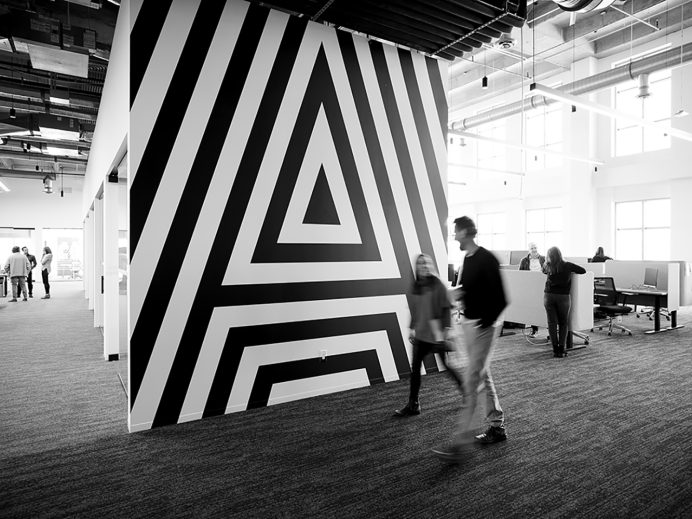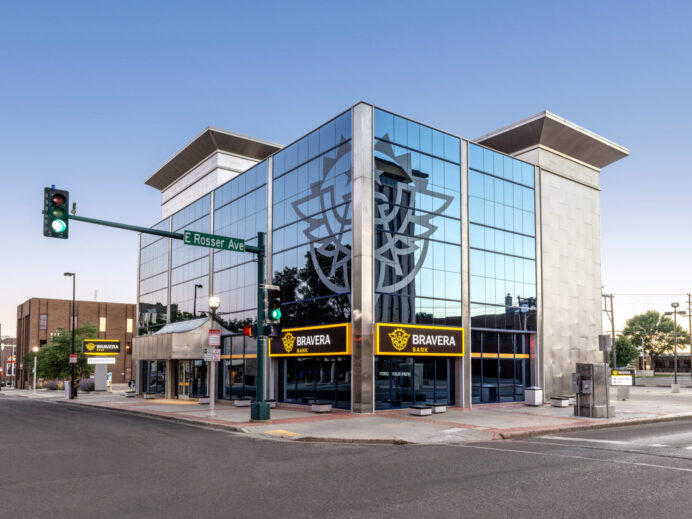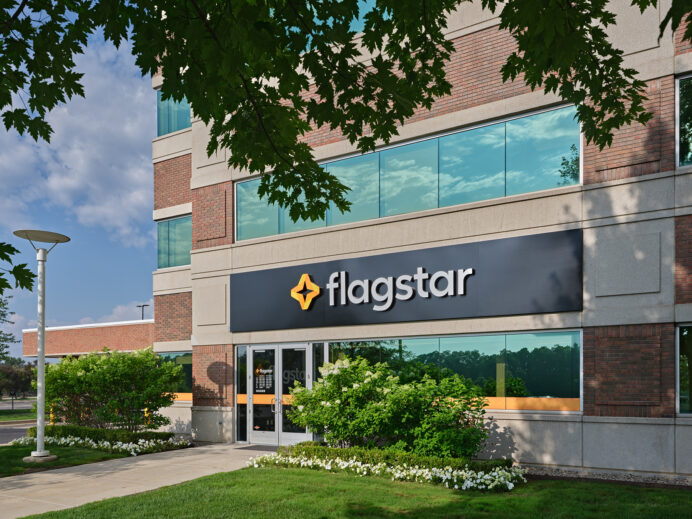Best practices from four forward-thinking financial institutions for evolving experiences in the branch environment
We’ve all seen the articles announcing widescale shuttering of bank branches, but beyond the clickable headlines lies a deeper truth. “It’s interesting when you just dig into some of the quick facts, there’s some underlying pieces there that maybe not everyone’s thinking about,” says Sean Keathley in the most recent episode of the Believe in Banking Podcast. As Sean describes it, bank branches too close together can result in a closure of one, post-merger. “They’re not two across the street from each other, but we’ve got a combined organization serving the community,” he says. “I can think of dozens of examples where closures actually created a net increase in experience.”
And the reality is that consumers continue to choose those in-person branch experiences. “While reliance on digital banking continues apace following a pandemic year, millions of consumers – more than 60% of them – still expect to visit their local bank branch well into 2025,” according to Believe in Banking. “As we explored in the article on leveraging local influence, the branch represents an essential acquisition medium for banks. But even more importantly, the branch is a critical connection channel for consumers.” The bottom line for banks is that while they may not visit often, the data is consistent and clear – customers want their bank’s local branch close-by.
Flagships Lead the Way
As banks and credit unions make significant investments in their physical branch experiences, it’s no surprise when they open a new flagship branch to much fanfare and excitement. That’s because the flagship format offers the North Star experience – the ideal expression of the bank’s delivery. “Strategically located flagship branches are the most innovative and often largest branches that draw attention to the brand and attract customers,” describes Deloitte in their article on flagships in retail banking. “Hence, they offer an excellent opportunity to achieve this and can serve as lighthouse projects for banks to showcase their innovative ways to interact with their customers.”
To shine a spotlight on the innovative ways banks are leveraging their flagship branches and making the most of their connections with consumers, we’ve gathered together some best practices from four forward-thinking financial institutions.
#1 – Leveraging Location
With a marquis location at McGregor Square – the destination surrounding Coors Field – Bank of Colorado leaned into this high-profile destination with their flagship prototype branch. As outlined in the case study, the regional banking leader wanted to make the most of this local magnet that brings together people in Denver’s most dynamic new neighborhood and serves retail and restaurant customers, gameday fans, residents, and hotel guests. “Our style of banking is one-of-a-kind, and our branch experience should reflect that” says David Finkelstein, Bank of Colorado’s Director of Marketing. “Designed around our team, community and changing customer expectations, we’ve created a unique banking experience you can feel.”
#2 – Broadcasting the Brand
Centennial Bank is a customer-first community bank headquartered in Arkansas. When they embarked on a new flagship branch in downtown Riverdale, they wanted to make the most of significant hometown location, by putting a Centennial stamp on the experience with a branded interior that successfully broadcasts the brand. “From on glass vinyl treatments to color palette and graphics, the branded elements deployed consistently reinforce and unify the Centennial brand in areas across the branch,” according to the case study. “Using a powerful visual storytelling system, individual branded elements all come together into one seamless experience showing a lot of pride in the Centennial brand.”
#3 – Maximizing Movement
A First Horizon Bank branch prototype location in the heart of Miami’s business district created new opportunities for engagement and mobility in a soaring space. Bringing a new business model to life, the branch shifts ways staff can collaborate and connect with customers. “The in-person experience becomes a magnet for making new connections and gathering and guidance, bringing people together to listen, teach, recommend, and celebrate with powerful financial tools at the ready,” according to the case study. The community connection hub model is a “distinctive way to serve customers who come in seeking consultation who will come in to have more casual, collaborative conversations” and the space delivers just that.
#4 – Embracing Design Flexibility
VeraBank is a Texas-based community bank serving East and Central Texas. When they expanded into College Station, the bank recognized that they would be unable to use their signature orange anywhere in the branch because of college town (passionate) rivalries. “Where customers would typically see a large orange focal wall in any of their branches, College Station would necessitate a reimagined focus for the backdrop” according to the case study. For cohesion, the design team carried through a textured stone wall that compliments the exterior stone. “By utilizing that material on the inside as well, it helped to make the design feature pop and move.” This change to a core element of the bank’s branch design feels right at home.
For more information on optimizing the branch banking channel, or to speak with one of our banking experts, contact us at info@adrenalinex.com. Be sure to also stay tuned in to Believe in Banking as it highlights industry information and insights for banking leaders and Adrenaline’s Insights channel featuring banking and credit union strategies for success.
Adrenaline is an end-to-end brand experience company serving the financial industry. We move brands and businesses ahead by delivering on every aspect of their experience across digital and physical channels, from strategy through implementation. Our multi-disciplinary team works with leadership to advise on purpose, position, culture, and retail growth strategies. We create brands people love and engage audiences from employees to customers with story-led design and insights-driven marketing; and we design and build transformative brand experiences across branch networks, leading the construction and implementation of physical spaces that drive business advantage and make the brand experience real.









